Gastrointestinal Bleed
Article Sections
Introduction
Gastrointestinal (GI) bleeding is classified into two main categories based on the anatomical location of the bleeding source:
- Upper GI bleeds (UGIBs) refer to bleeding originating proximal to the ligament of Treitz, typically involving the esophagus, stomach, or duodenum.
- Lower GI bleeds (LGIBs) originate distal to the ligament of Treitz and commonly involve the small intestine, colon, rectum, or anus.
GI bleeding can present with a wide spectrum of severity, ranging from mild, self-limited episodes to life-threatening hemorrhages requiring immediate intervention.
Anatomy and pathophysiology
The GI tract is a continuous, muscular tube extending from the mouth to the anus. It is divided into the upper and lower GI tracts, each with distinct anatomical features and common sources of bleeding (Figure 1).
Upper GI tractContinue Learning with UWorld
Get the full Gastrointestinal Bleed article plus rich visuals, real-world cases, and in-depth insights from medical experts, all available through the UWorld Medical Library.
Figures

Figure 1
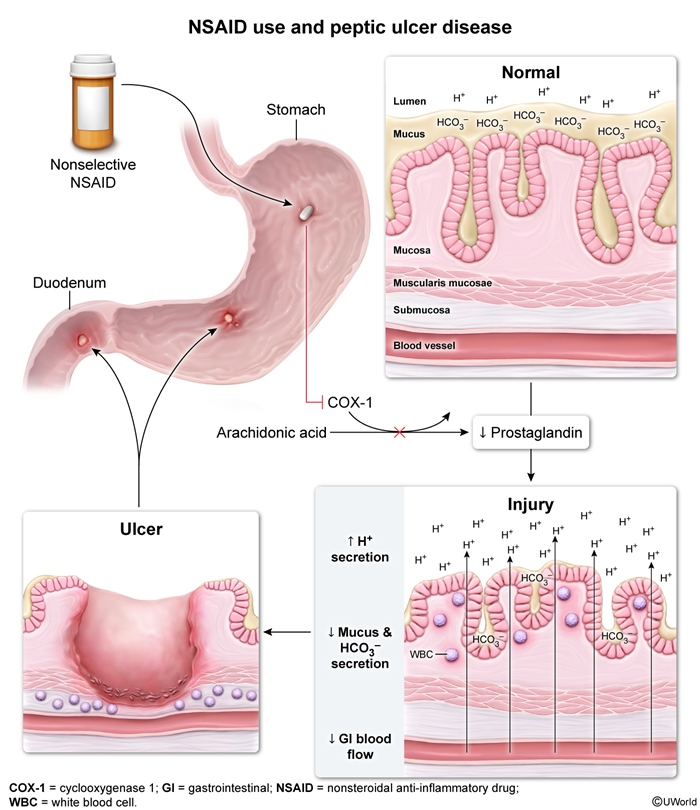
Figure 2
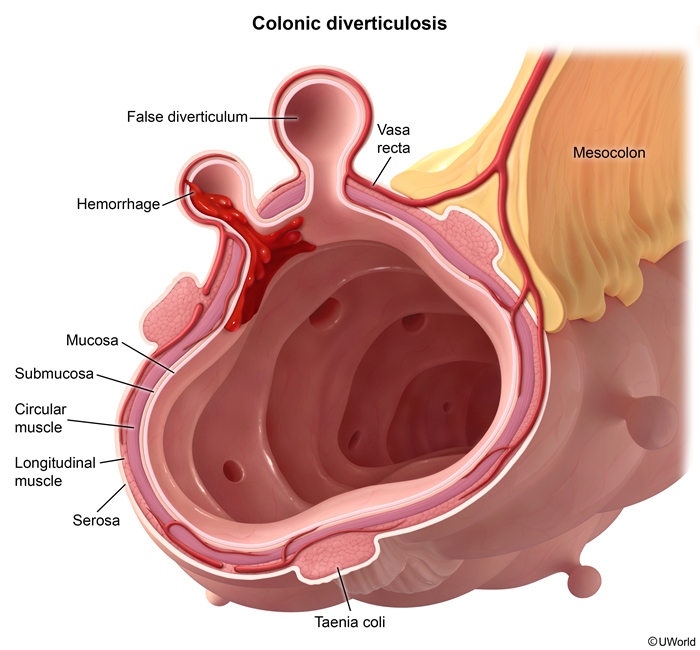
Figure 3
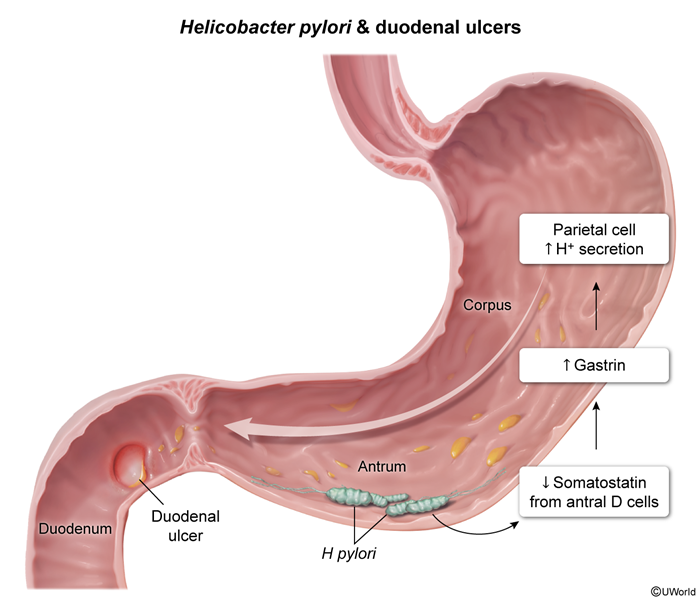
Figure 4
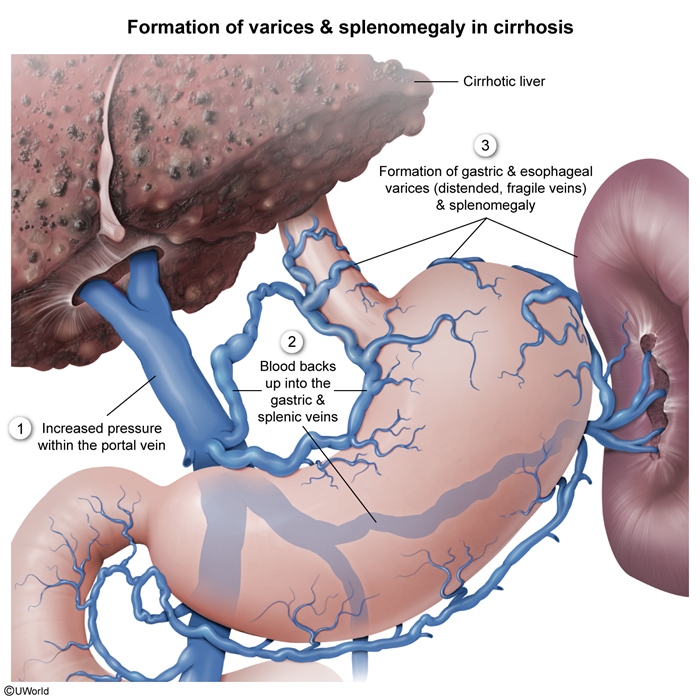
Figure 5
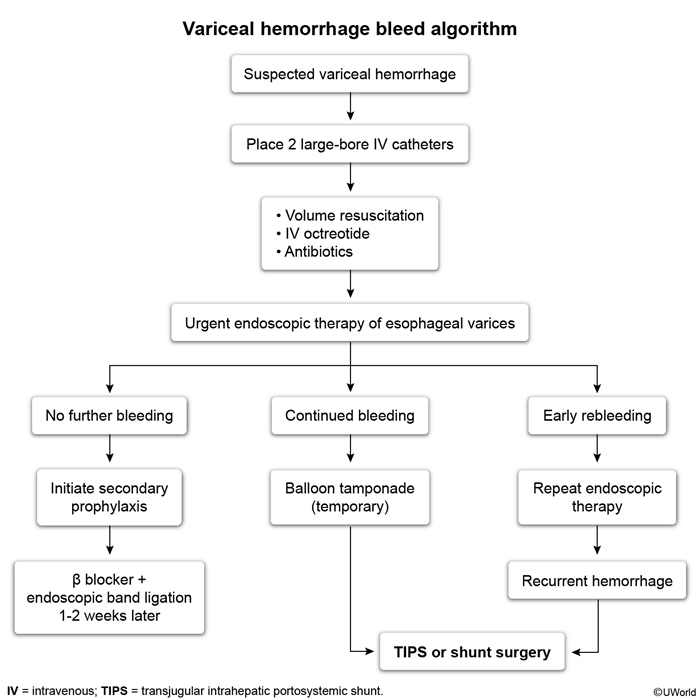
Figure 6